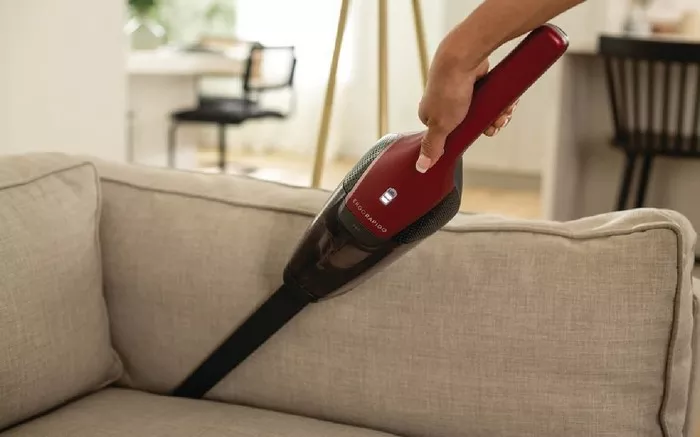Microplastics, tiny pieces of plastic ranging from 1 µm to 5 mm, have emerged as a major environmental concern due to their pervasive presence in waterways. These minuscule particles, easily ingested by marine life such as fish, mollusks, and birds, are making their way into the food chain, posing health risks to both wildlife and humans. Ingesting too many microplastics can clog the digestive systems of fish, leading to severe gastrointestinal issues and even death.
While microplastic particles have been detected in various sources, including bottled water and lakes, current methods for their removal are limited. The Korea Institute of Science and Technology (KIST), led by Seong Jim Kim and Myoung-Woon Moon, has developed a new approach to effectively “vacuum” these pollutants from water surfaces. The technology has already been deployed in a reservoir in South Korea, offering a promising solution to the growing microplastic crisis.
Current Methods for Microplastic Removal
According to Moon, most existing technologies for microplastic removal rely on filters designed to block particles above a certain size. While effective to some extent, filters often clog as particles accumulate, reducing their efficiency. This limitation motivated Kim and Moon to develop an alternative method that doesn’t rely on traditional filters.
The Microplastic Vacuum Cleaner: How It Works
The new technology utilizes a rotating drum with angled ratchet teeth to attract and remove microplastic particles from water. These teeth are specifically shaped to harness fluid forces, drawing particles toward them. Once close enough, the particles are scooped up and deposited into a dustbin attached to the device.
The device’s operation relies on two key principles of fluid mechanics: capillarity and the Cheerios effect. Capillarity refers to the tendency of water to form a concave meniscus around both the microplastic particles and the ratchet teeth. When the device nears a particle, these menisci attract one another, drawing the particle closer. Capillary forces then adhere the particle to the ratchet via a liquid bridge known as a capillary bridge.
Efficiency and Practical Use
The technology’s efficiency depends on several factors, including the density of microplastics and the movement speed of the device. While the cleaning rate may be slower when particle density is low, the device is still effective over time. Moon compares the process to how robot vacuums clean homes: while not always the fastest, they consistently and thoroughly clean a designated area.
Potential for Large-Scale Ocean Cleanup
When asked about the device’s potential for cleaning the ocean, Kim expressed some caution. The relatively small forces of capillarity and the Cheerios effect may struggle to overcome strong water flows in the ocean, diminishing the effectiveness of the technology in such vast environments. However, the device is already proving useful in smaller, controlled environments.
Current Deployment and Future Prospects
The technology is currently deployed by the South Korean government to clean water trapped by a dam. The device operates continuously, removing microplastics that accumulate in the reservoir on a daily basis. While the technology is still in its early stages, it shows great promise in addressing the microplastic pollution problem, particularly in more localized water bodies.
Kim and Moon’s innovative approach offers a glimpse into a future where microplastics can be efficiently removed from our waterways, reducing the harmful impact of plastic pollution on both the environment and the food chain.
Related topics:
Dyson V8 Advanced Vacuum Drops to £229.99 in January Sale – £100 Off
Narwal Unveils Innovative Robot Vacuum Lineup, Introducing the Narwal Flow

